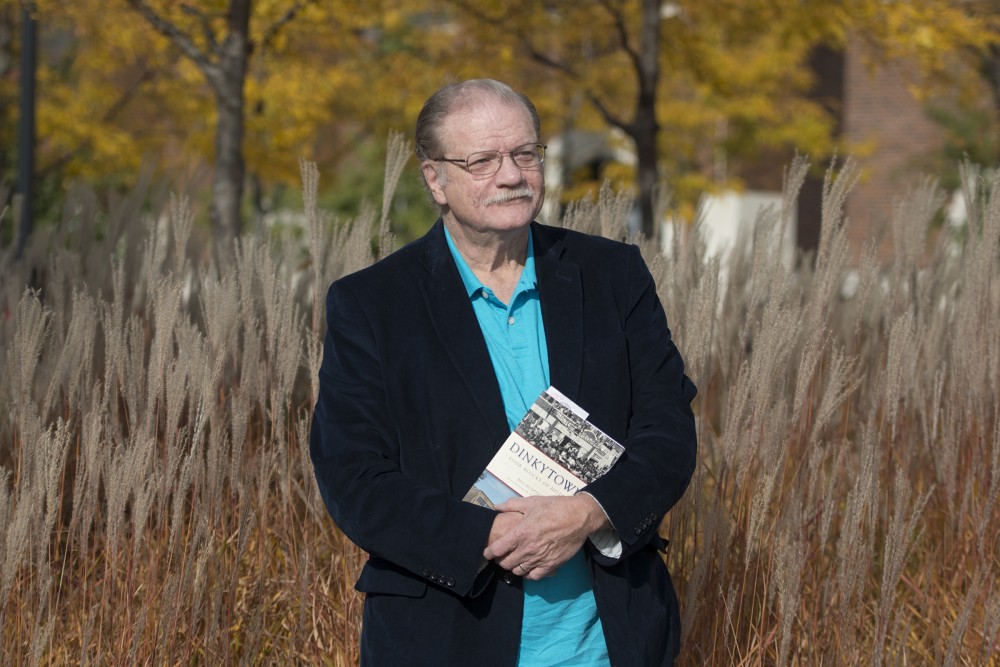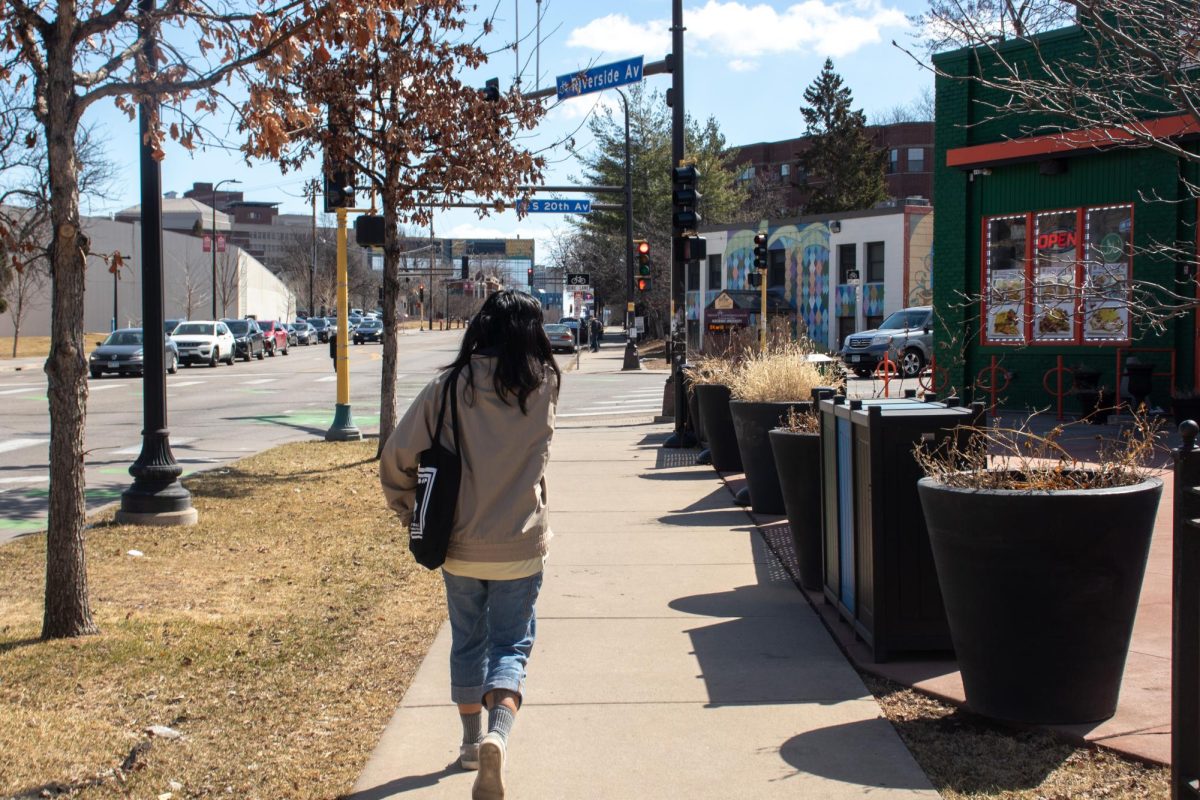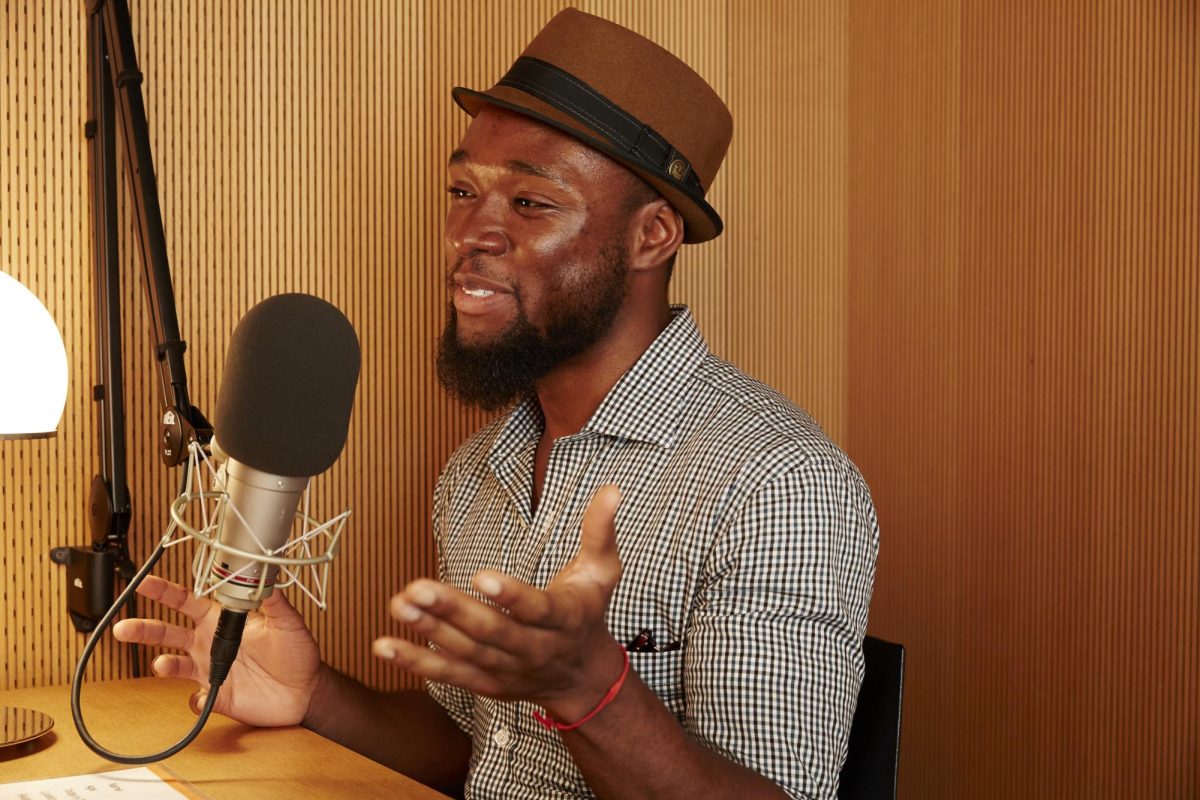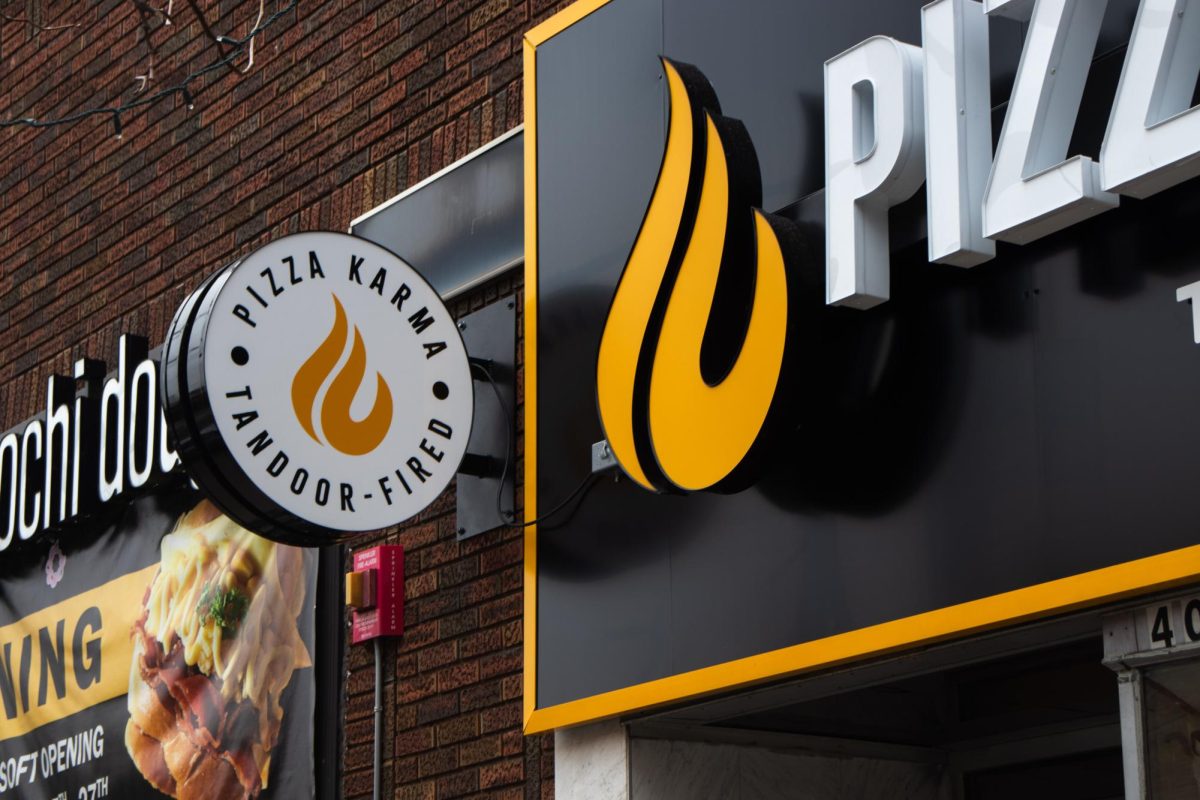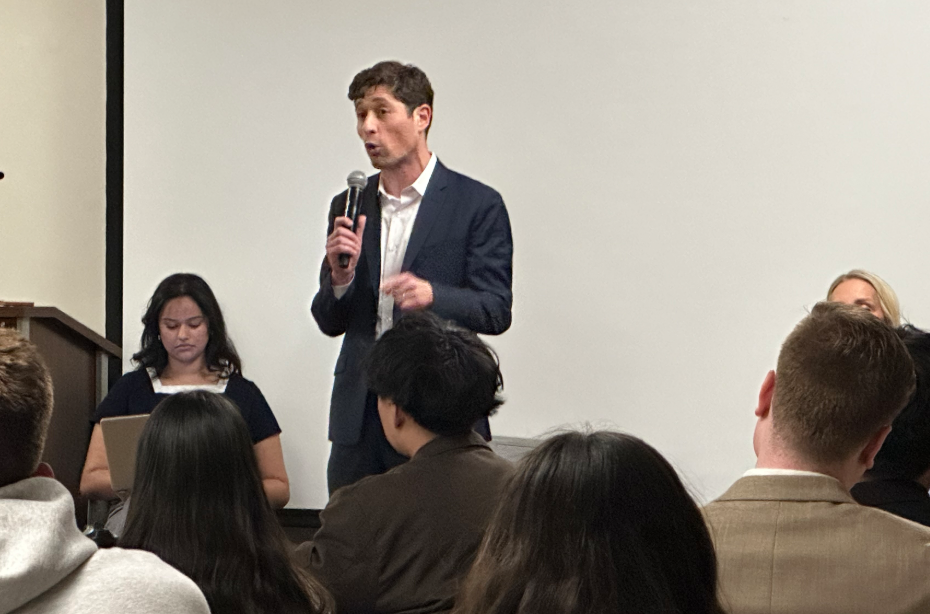The Daily sat down Friday with Bill Huntzicker, author of “Dinkytown: Four Blocks of History.”
Huntzicker talked about his experience as a University student in the 1970s and how the area has changed.
Dinkytown has a rich history behind it. What is it about Dinkytown that compelled you to write “Dinkytown: Four Blocks of History?”
I was covering the development issues of Dinkytown for the Twin Cities Daily Planet, an online publication … the publisher … asked me to pull together material on it. I didn’t start out to write a book about Dinkytown, but it’s actually fun. I’ve grown to really like it… I’ve always liked Dinkytown. But it’s changing fast. Some of my friends and neighbors say the only constant about Dinkytown is change …

While writing the book, was there anything you discovered that you didn’t previously know about Dinkytown?
Several things … Minneapolis was considered a hotbed of anti-Semitism in the 1940s. But [in] Dinkytown, there were always important Jewish leaders, like Marv Davidov, who was a strong anti-war civil rights leader locally … There was a bookstore owned by a Jewish family, the Butwins. In the 1940s, they started translating the … classic Jewish stories that later became the basis for Fiddler on the Roof, which is America’s interpretation of Jewish culture …
There is a strong linkage between Dinkytown and the University of Minnesota. Why do you think this overlap is important to its history?
It wouldn’t be close to what it is without the University … The original buildings of the University faced Dinkytown… There was a semi-circle, [it] goes the Armory, Pillsbury Hall, Eddy Hall and Burton Hall and Shevlin Hall … that was the center of campus before the redesign in the ‘20s started being built with the campus mall facing the river … that’s when I say campus turned its back on Dinkytown because it started facing the other way …
A recent apartment proposal in the building that currently houses Mesa Pizza and Chatime has stirred up a lot of controversy lately because some people are worried new apartment complexes are compromising the history of Dinkytown. Where do you think we should draw the line when it comes to preserving Dinkytown’s history?
We should have drawn the line some time ago … I got involved in this when the fights over ‘Save Dinkytown’ got started. And people who were displaced … the Book House primarily, were really upset when Laurel Hanson Bauer sold that building and went out of business. Her grandparents started their family business there, and that was not an easy decision for her …
Well, now they want to build 16 stories … that would put it as tall as the Chateau, which everyone in the neighborhood thinks was a mistake. I mean the Chateau is a wonderful cooperative operation, but it’s really tall …
Stadium Village … that’s all been leveled and [is] being rebuilt … There’s a fear in Dinkytown that that’s going to happen to Dinkytown … If you build a 16-story building there, where it was once one-story buildings and occasional two-story buildings … you don’t have Dinkytown anymore …

You have an entire chapter dedicated to Bob Dylan. Why do you think he’s such a key figure in Dinkytown and its history?
People get in real fights over that. Jason McLean, who owns the building that he had a room in, says nothing … he’s opposed to historic preservation because historic preservation wouldn’t have allowed him to make the changes he did to [Gray’s] Drug building … A lot of people like [Loring Pasta Bar] because it revitalized Dinkytown in many ways … but there were businesses upstairs where Bob Dylan had his room …
But, Bob Dylan, he lived there for only about 15 months, but some people believe that was key to his development … he changed his name in Dinkytown, his persona and performed at coffee shops before he went to New York.
Now, the New York Times today says he became who he was from New York. Positively Fourth Street could be New York City, but he lived on Fourth Street in Minneapolis … He didn’t find it particularly friendly here, but people here told him to go get exposed to music and poetry elsewhere. So, he decided he was going to go to New York … and meet Woody Guthrie. And the rest is history …
I took a music history course once in which the professor said, “Bob Dylan, the greatest folk singer of our time, failed my music history class. I don’t ever want to make that mistake again, so if you’re not inclined to write a term paper, do a musical composition, performance, something as an alternative. I don’t want to fail the greatest folk singer of our time.”
[Minneapolis] was formative for [Bob Dylan], but it was transition. I tend to agree with the New York Times that he became what he was in New York City … I don’t know if his folk singing would have developed in Dinkytown, the way it is now …


